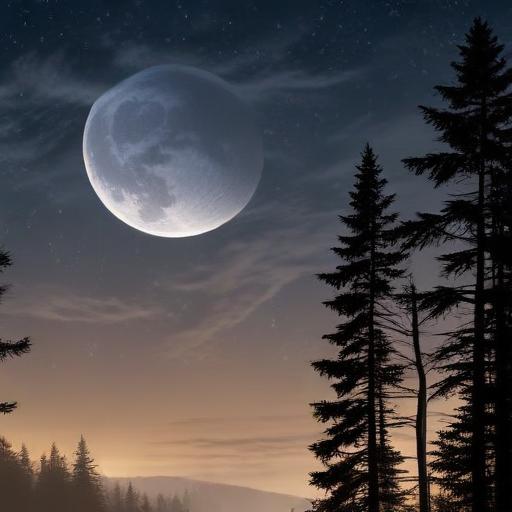November’s full moon is set to be an extraordinary sight, marking the last supermoon for quite some time. This supermoon, known as the Beaver Moon, will illuminate the skies starting around 5 p.m. on Friday and will continue until Saturday morning. This event concludes a series of four consecutive supermoons that began with the blue moon in August, followed by the harvest moon in September and the hunter’s moon in October.
For residents of Kentucky, it’s important to note that peak illumination of the Beaver Moon will occur on November 15, 2024. This phase will follow the new moon on November 1 and the first quarter on November 9, culminating in its full form on November 15 and transitioning to the last quarter on November 23.
In Louisville, the moon is expected to rise at approximately 5:08 p.m. on November 15 and set just after 7 a.m. on Saturday. Skywatchers can check specific moonrise and moonset times for their area using resources like the Old Farmer’s Almanac.
Unfortunately, for those hoping for a clear view in Louisville, the weather forecast indicates mostly cloudy skies. On Friday, temperatures are expected to reach around 56 degrees during the day and drop to approximately 44 degrees at night, with a slightly sunnier forecast for Saturday with a high of 62.
The Beaver Moon derives its name from Native American traditions, representative of the time when beavers would begin preparing their shelters for winter. Other names for this full moon include the Frost Moon and the Whitefish Moon.
Supermoons such as this one occur when the moon is at its closest point to Earth, appearing about 14% larger and 30% brighter than a typical full moon. This month’s supermoon will be approximately 224,385 miles away, a remarkable distance that causes noticeable effects on Earth’s tides due to gravitational pull.
After this event, the next supermoon will not occur until October 2025. There will be a total of three supermoons that year, highlighting the rarity of such occurrences.
In addition to the Beaver Moon, stargazers are encouraged to keep an eye on other celestial events throughout November, including opportunities to spot planets like Saturn, Jupiter, and Mars, as well as a lunar occultation of the star Spica on November 27.
Overall, this November’s Beaver Moon is a reminder of the beauty of celestial events and brings a sense of wonder to the night sky as we approach the colder months of the year. Observing the moon can inspire connections with nature and the universe, reminding us of the larger forces at play in our world.
In summary, the Beaver Moon serves not only as a visual spectacle but also as a cultural touchstone that connects us with both indigenous traditions and the rhythms of nature. Enjoy stargazing this November!
